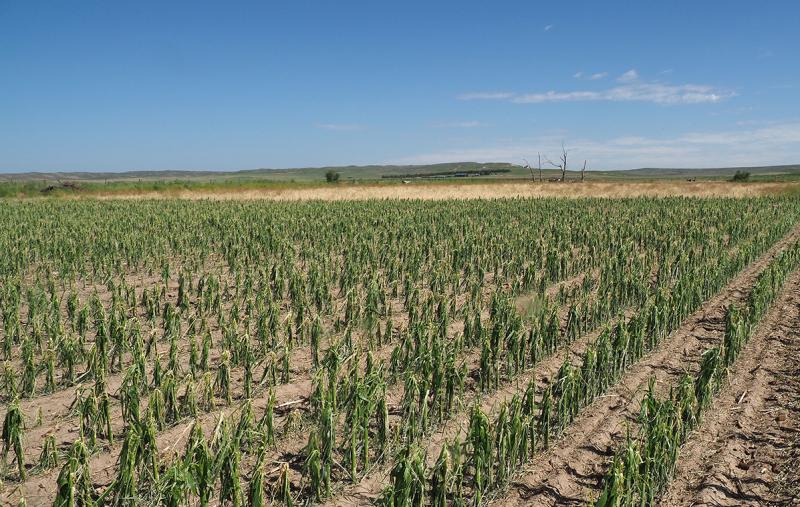by By Aaron Berger, Nebraska Extension Beef Educator

Recent hailstorms have wreaked havoc on many crops in the Nebraska Panhandle and around the state. This is prompting many producers to ask what their options are for planting forages in situations where the crop was destroyed. The following are questions to consider as producers evaluate their options.
1. Are there insurance rules that would restrict how a forage can be planted? Visit your insurance agent and confirm you can plant a forage crop and be in compliance with the rules.
2. What were the herbicides applied to the crop that was destroyed and what are the plant back restrictions? Are there any harvest restrictions for forages planted due to prior herbicides?
3. Will the forage be used for silage, hay or grazing?
4. How soon will forages be planted? In western Nebraska, the tipping point for whether to plant a summer annual such as sorghum or sorghum x sudan cross or millet is July 25. After July 25, a spring annual such as oats, spring triticale, or barley will likely produce more forage and offers the option of a longer growing window as these crops will continue to grow till temperatures get down into the low 20 degrees Fahrenheit before growth stops.
5. What will be the next crop that will be planted after the annual forage? What impact might the proposed forage crop have on the subsequent crop?
Nebraska Extension has several resources available that provide information on options for producers to consider after a hailstorm. The websites: go.unl.edu/hail_know, go.unl.edu/cover_crops and go.unl.edu/beef_forages provide information on these topics. Nebraska Extension Specialists and Educators are available as well to answer any questions.